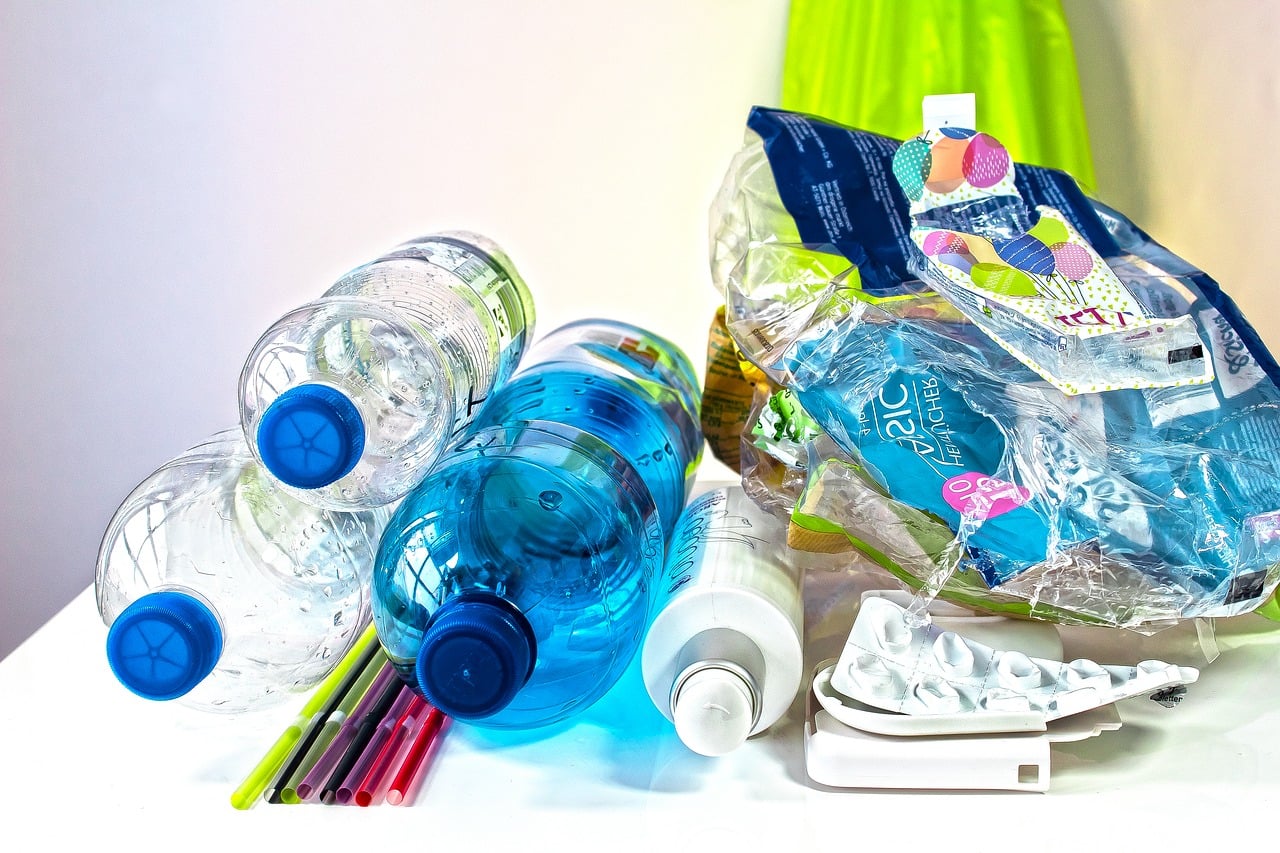Researchers at the Berkeley Lab announced that they have successfully developed a new type of plastic which can be recycled indefinitely. Additionally, the team behind the project says that the plastics can be recycled into different shapes and colors, without compromising the quality of the materials.
Researchers announced that the new type of plastic is called poly(diketoenamine), also known as PDK. What makes it interesting is that it can be split into molecular levels and then reassembled into new shapes, which makes it eligible for recycling over and over again. The discovery is reported in the journal Nature Chemistry.
It’s no secret that researchers have been trying their best to reduce the toxic waste created by plastic, but of the currently available materials, not much is actually recyclable. Currently, polyethylene terephthalate (PET) is considered the most recyclable plastic. However between 70 and 80% of that is still ending up in landfills.
Recycling plastic is an extremely challenging feat because plastic consists of a lot of additives like dyes for color and flame retardants. That said, plastic can’t be entirely recycled because of the environmental threat it poses. Because the plastic is not recycled in its entity, it loses its shape or suffers from some other type of loss, such as quality. However, the new approach to the development of plastic aims to fix that.
“Most plastics were never made to be recycled,” lead author Peter Christensen, a postdoctoral researcher at Berkeley Lab’s Molecular Foundry said in a statement. “But we have discovered a new way to assemble plastics that takes recycling into consideration from a molecular perspective.”
According to the press release, PDK plastic can be “disassembled into its constituent parts at the molecular level.” The new type of plastic highly resembles how LEGO blocks work, and can be disassembled into smaller blocks, and can exist independently compared to other blocks. In the same way, independent blocks of plastic can be used to create a new object.
When researchers begin assembling the plastic again, they give them new textures, colors and shapes, and don’t lose out on the quality and performance that comes with traditional plastic. When it comes to additives, once PDK plastics are pushed into an acidic solution, the additives disassemble from the plastic, leaving the plastic in its pure form and ready to be entirely recycled. The team behind the project is particularly interested in circular plastics which can live up to the greater challenges.
“Circular plastics and plastics upcycling are grand challenges,” the researchers said. “We’ve already seen the impact of plastic waste leaking into our aquatic ecosystems, and this trend is likely to be exacerbated by the increasing amounts of plastics being manufactured and the downstream pressure it places on our municipal recycling infrastructure.”





